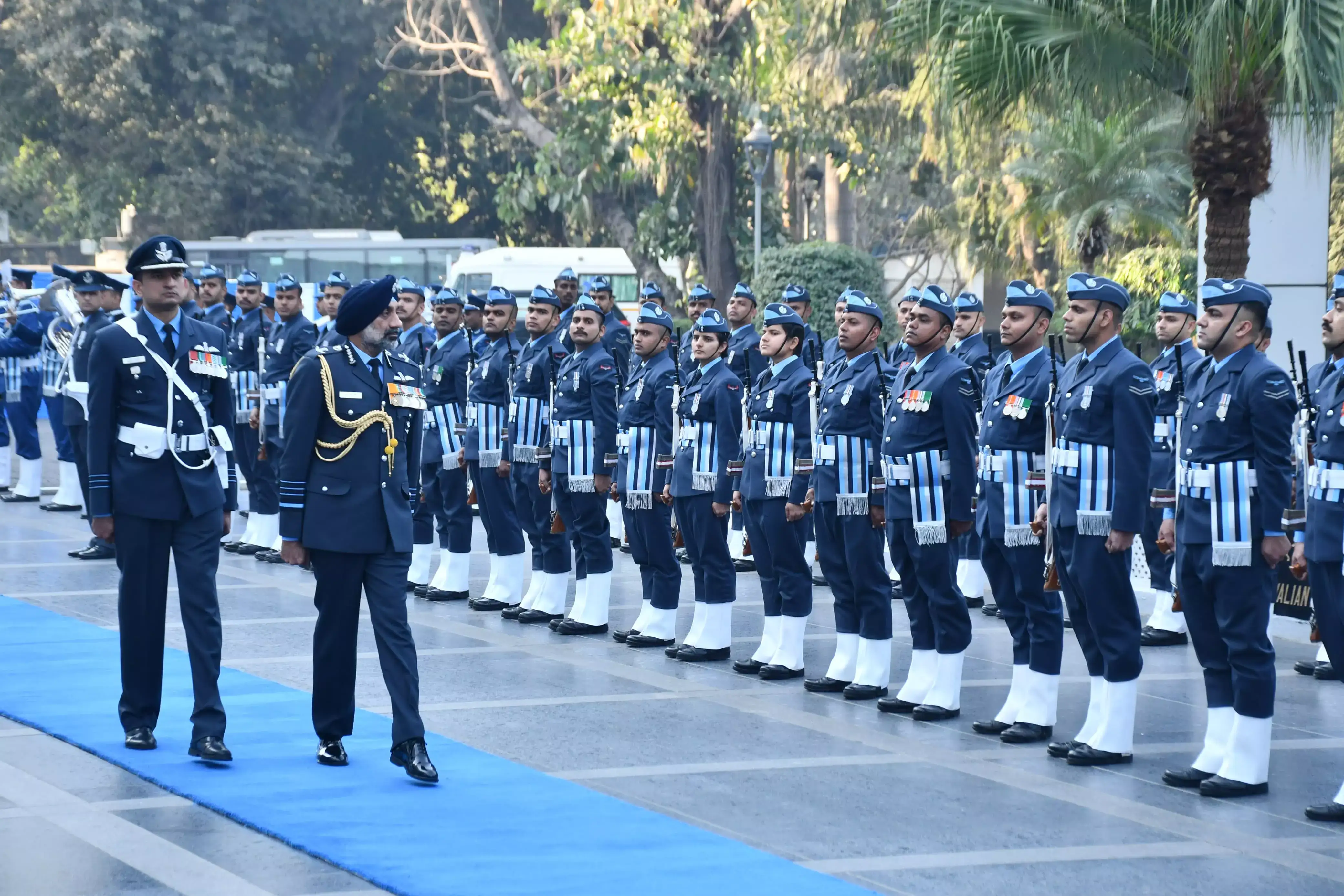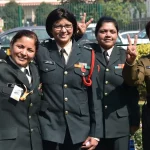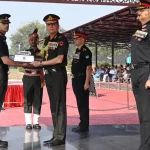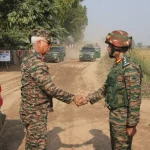The Indian Air Force (IAF) bid a poignant farewell to its MiG-21 fighter jets, which completed their final operational missions from Nal Air Base in Bikaner on Monday, marking the end of an era for India’s oldest supersonic combat aircraft.
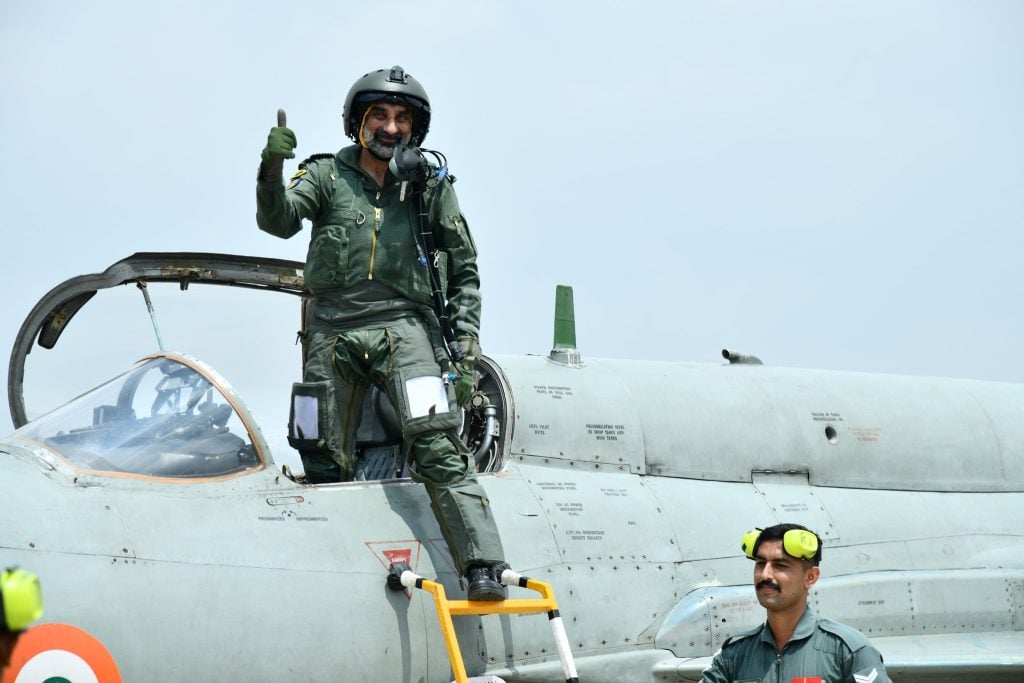
As a tribute to the aircraft’s enduring legacy, Air Chief Marshal A P Singh himself flew solo sorties in the MiG-21, an emotional moment for the force and generations of aviators who trained and fought in the Soviet-designed jet since its induction in the 1960s.
“This aircraft was the backbone of the IAF for decades and played a defining role in shaping our combat capabilities,” Singh said after the flight.
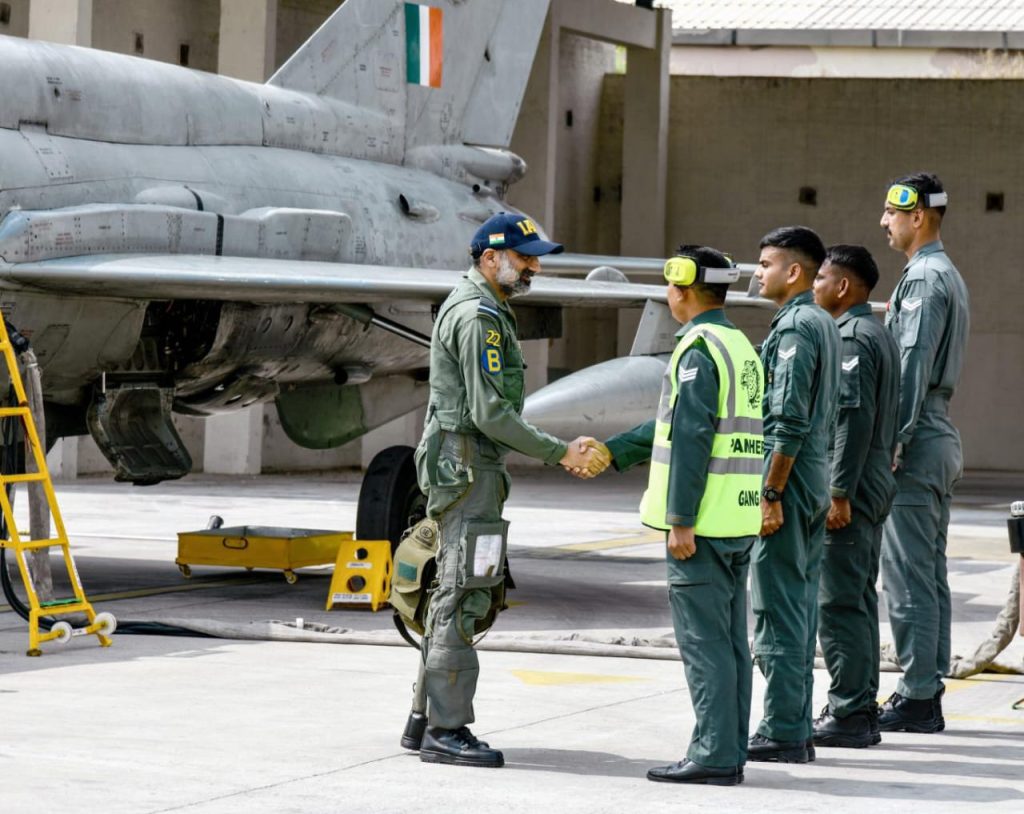
Globally, the MiG-21 remains one of the most widely produced fighter jets, with over 11,000 units built and operated by more than 60 nations. In India, it became synonymous with the IAF’s air power for over six decades, flying in multiple wars and training thousands of fighter pilots.
The farewell comes just a day ahead of the formal de-induction ceremony in Chandigarh, where the MiG-21 will be officially retired.
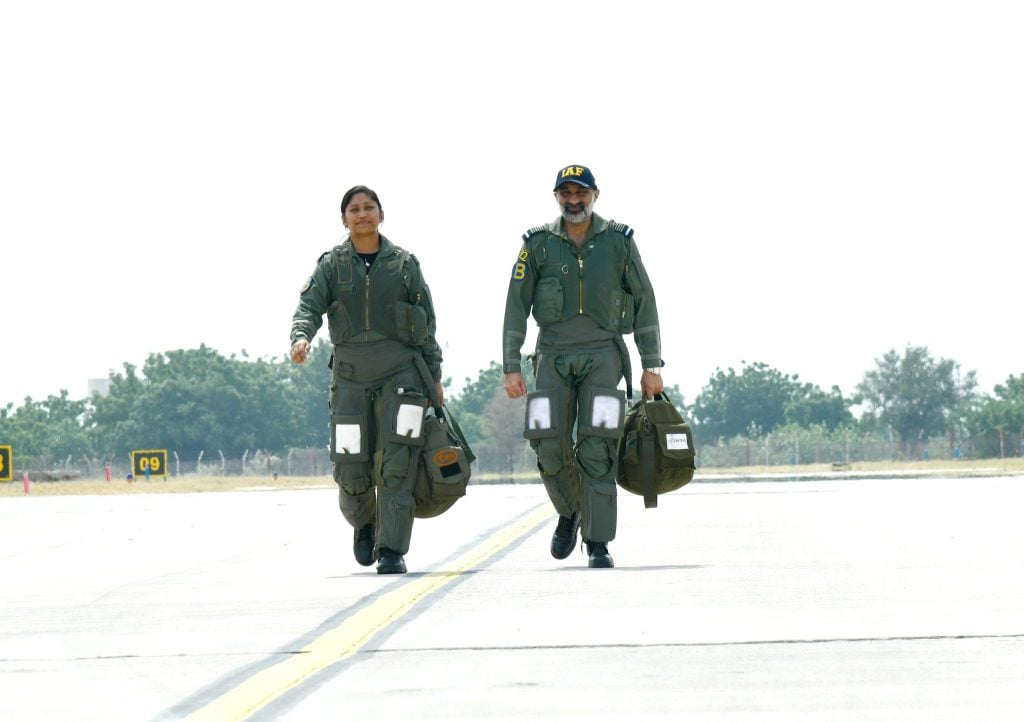
Tejas to Take Over the Mantle
Looking ahead, the Air Chief emphasized that the indigenous LCA Tejas was envisioned to succeed the MiG-21. Compact and delta-winged, Tejas is expected to evolve into multiple variants.
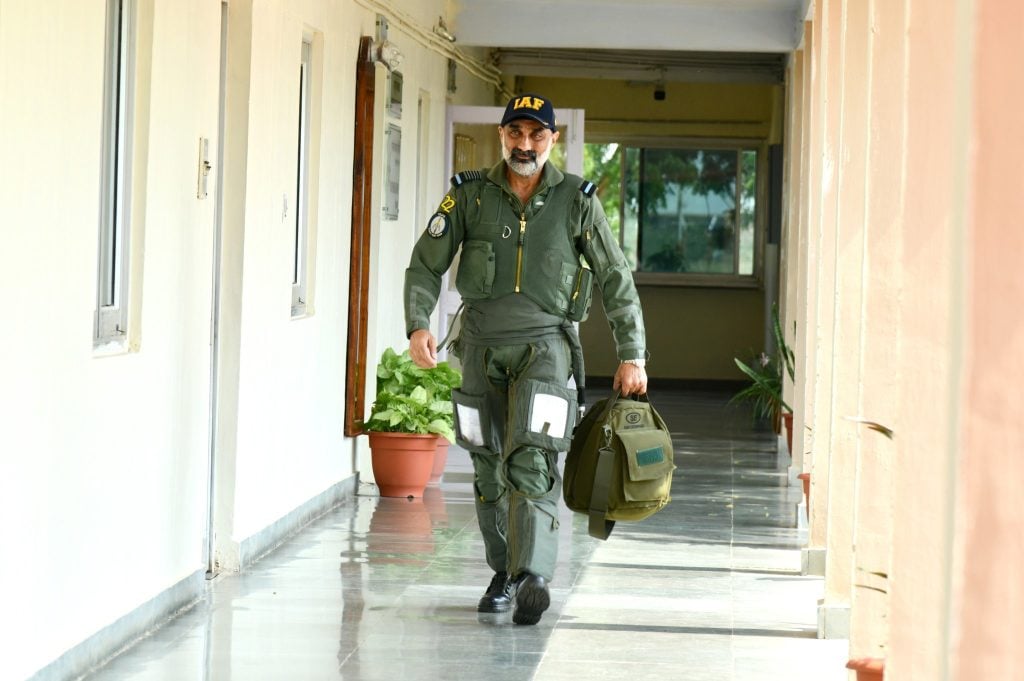
With 83 Tejas Mk1A jets already contracted and more on order, the aircraft will gradually assume frontline roles. Future versions like the Tejas Mk2 and the Advanced Medium Combat Aircraft (AMCA) are poised to carry forward the legacy of the MiG-21, blending India’s historic flying tradition with cutting-edge indigenous innovation.

